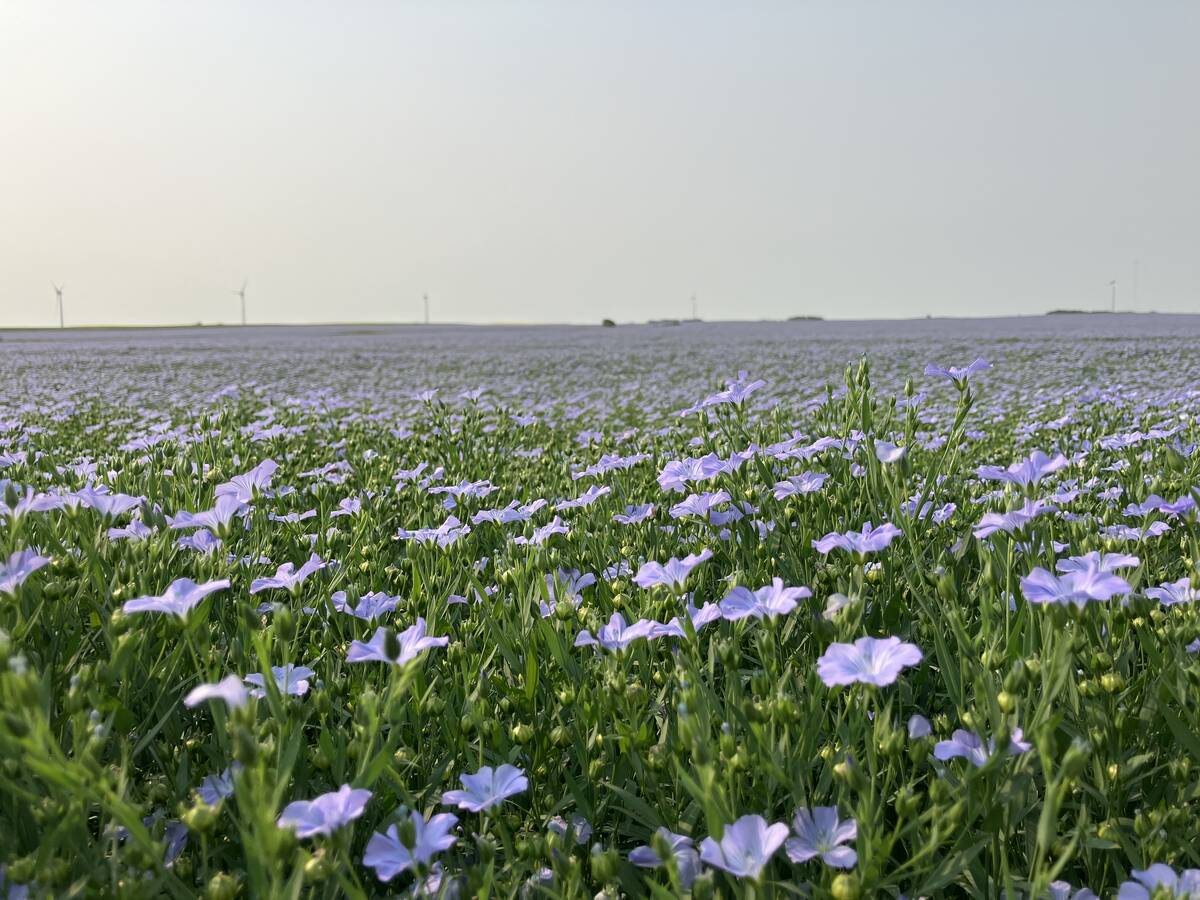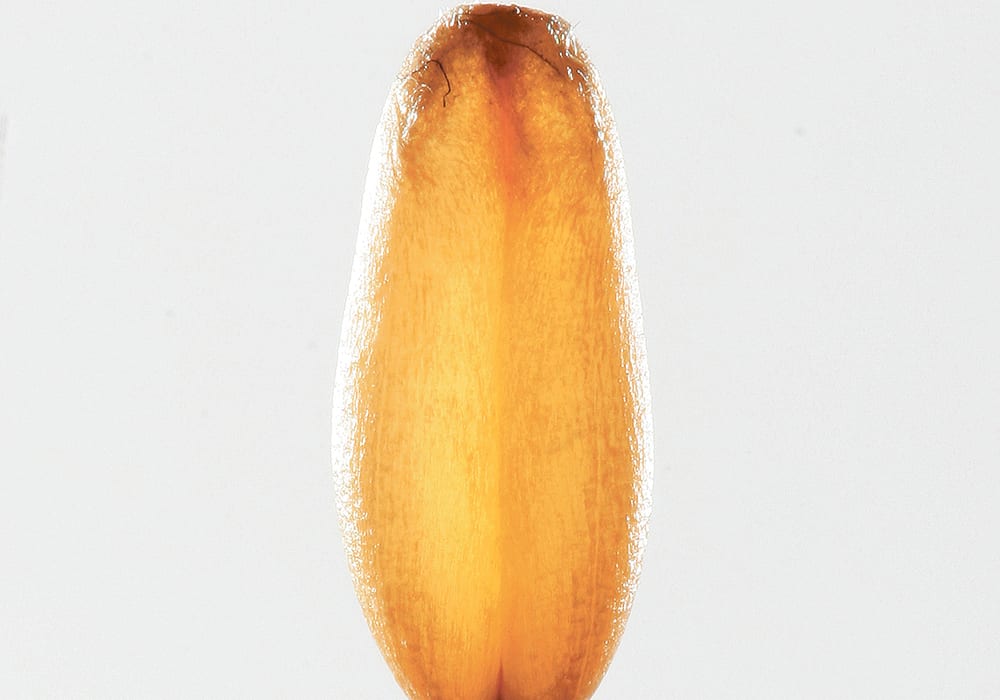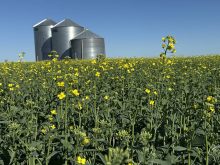North America’s durum growers are not impressed with the prices being offered.
Farmers on the agriville.com commodity marketing forum expressed anger when bids dropped below $6 per bushel at some locations after Statistics Canada bumped its production estimate up by nearly 700,000 tonnes.
“Good God! Dropped $0.37/bu at one local this morning,” wrote a user with the moniker of helmsdale.
“You could drop it into the feed market for a premium right now.”
Prices slumped after Statistics Canada released its satellite-model-based September estimates of crop production. It pegged the durum crop at 5.7 million tonnes, up from its previous estimate of five million tonnes.
Read Also

Huge Black Sea flax crop to provide stiff competition
Russia and Kazakhstan harvested huge flax crops and will be providing stiff competition in China and the EU.
The report put further downward pressure on already low durum prices.
Growers in the United States are equally miffed with the dismal prices.
Jim Peterson, marketing director with the North Dakota Wheat Commission, said farmers are in no hurry to sell with prices in the US$4.50 to $5 per bushel range. They are selling canola, flax and spring wheat instead.
“We’re kind of hoping that Canadian producers hold tight on their durum as well and we can kind of leverage some higher prices here because right now it’s a pretty tough market,” he said.
Peterson said elevators are plugged with old and new crop durum that isn’t moving because millers are covered until the end of the year.
“We’ve got a pretty stagnant market and not a lot of outlets,” he said.
The U.S. Department of Agriculture estimates growers produced 73 million bushels or nearly two million tonnes of durum. That is a 33 percent increase from last year’s drought-reduced crop but smaller than the long-term average.
Peterson thinks the production number, which is based on a robust average yield estimate, is “pretty solid” because growers were pleasantly surprised by their crops.
He is hoping export demand will pick up and help save the day.
Unfortunately, farmers in Morocco and Algeria harvested bigger crops than the previous year. As a result, the International Grains Council is forecasting North African imports will fall to an eight-year low of three million tonnes.
However, producers in Italy and Spain were both hit with quantity and quality problems, so those countries may have to import more high quality product from North America for blending.
Peterson noted that Italy has taken steps to block imports from North America by introducing country-of-origin-labelling on pasta and by raising concerns about the amount of glyphosate on Canadian durum. That could temper demand from that important customer.
Peterson has spoken to some international buyers who are holding off on buying North American durum because they believe markets will work their way even lower.
“They know that when they have a big crop in North Africa, other than Italy, there’s probably not a lot of buying competition,” he said.
Another factor to consider is that crops in both Canada and the United States were of good quality.
“North America really doesn’t have any quality issues to tighten the market,” said Peterson.
The only thing that can turn things around is better-than-anticipated demand or seeded acreage concerns for 2019.
As things sit there is little interest in growing durum next year because spring wheat yields were as good or better and there is some propensity for price rallies in spring wheat compared to the durum market.


















